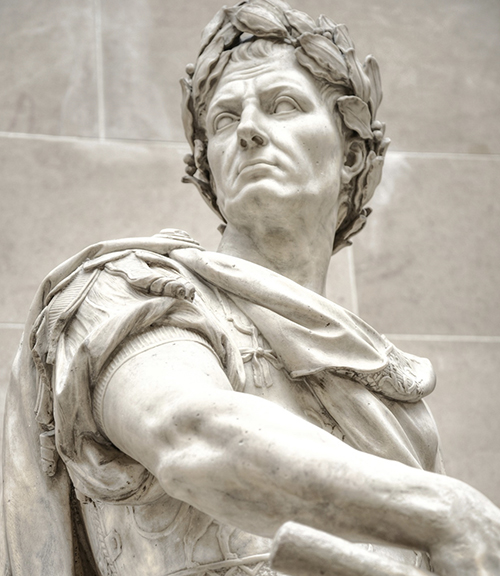
Did you know that November wasn’t originally called “November”? It is commonly believed that Julius Caesar added July to the calendar we know today. After him, Augustus, the first Roman emperor, included August, making the calendar unique. However, this is not true since there were already differences in the numbers used in the calendar even before they were born. Romulus, who founded Rome in ancient times, created the first calendar. At this time, it was made for the purpose of clarifying agricultural working periods - January and February at that time, when farming was not possible, were excluded. In other words, a year lasted 10 months, not 12 months like it is now. Therefore, the first month of the year was what we know now as March.
New additions came in when Numa, November (Januarius) and December (Februarius) were subsequently added after the existing October. Later, corrections were made again by Julius Caesar. Januarius and Februarius, which were at the end of the calendar, were moved to the beginning of the year. If you look closely at the calendar that has undergone these various changes, you can see that the numbers are pushed back from September (originally July) to December (originally October). March is the first month of the year, and September and October each occur in the seventh and eighth months.

